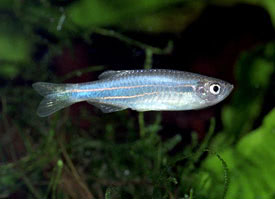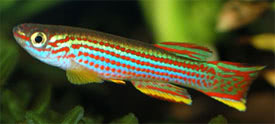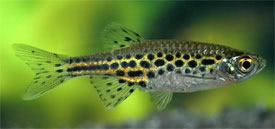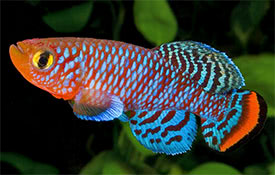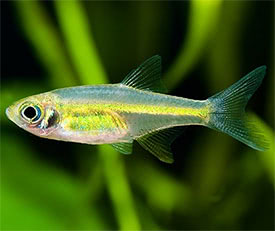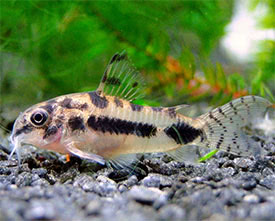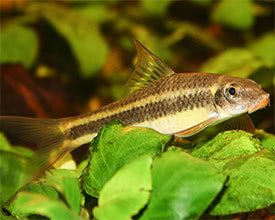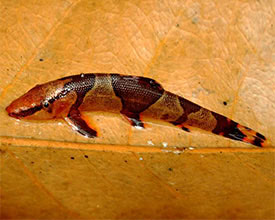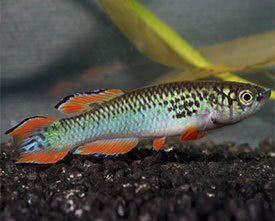
 Magyarul / Hungarian
Magyarul / Hungarian
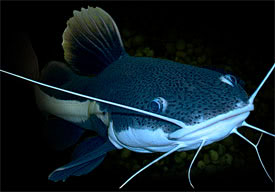
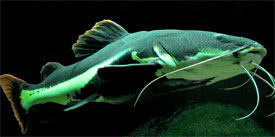
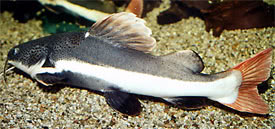
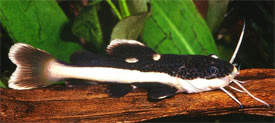
- Scientific name: Phractocephalus hemioliopterus
- Synonyms:Phractocephalus bicolor, Pirarara bicolor, Silurus hemioliopterus
- Common name: Red tailed catfish
- Group: Catfishes
- Habitat: South America; Venezuela, Ecuador, Guyana, Colombia, Peru, Brazil, Bolivia.
- Size: 110 cm, usually smaller in aquaria.
- Biotope: Inhabits in deep river channels and pools of the Amazon and the Rio Negro, also in rapids or areas of flooded forest.
- Social behavior: Peaceful, but will eat smaller fishes. It is territorial among its own kind and other large catfish. Only combine with large, robust fish, with similar size.
- Diet: Omnivorous; fish, earthworms, crabs, other large live foods
- Breeding: Not successful in an aquarium
- Tank: Minimum 1000 litres (for juveniles)
- Population: 1 fish for 6000 litres
- Decoration: The tank lighting should be dim, and decor isn't necessary for an adult fish, but large roots and stones can be added to the tank. They need plenty of open swimming space. Use small or medium sized gravel as substrate.
- Temperature: 21-26 °C
- pH: 6-7.5
- Hardness: 2-12NK°
- Lifespan: 15-20 years
Description: The base body color is light black and little dark spots can be seen on the head. A wide, white band extends from the caudal fin to the tip of the snout. The fins are black, except the caudal fin, which is a stunning red. The upper tip of the dorsal fin may be orange to red. They will grow quite rapidly and you would need to be prepared to upgrade to larger tanks as they grow.
During the day the Red tail catfish remains motionless, but when evening comes, it searches the tank for prey. Red tails should only be fed sporadically. Once fed they become sluggish. It will become permanently active when hungry. Over-feeding can be disastrous and is a common cause of death in these fish. Feed twice daily to young Redtails and then down to one feeding a day, 6 days a week, when they reach the juvenile stage. Adult Redtails can be fed a large meal once or twice a week only and the rest of the days to digest their meal.
The Red tail catfish is not recommended for private aquaria. Aquaculture has also given us hybrids of Red tails and Tiger Shovelnose.




















